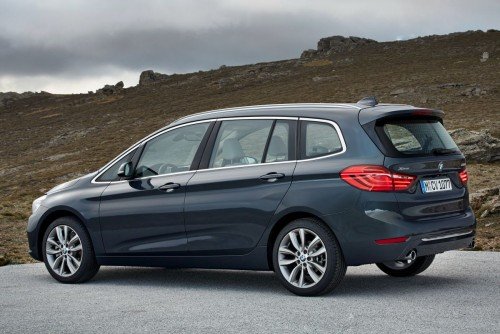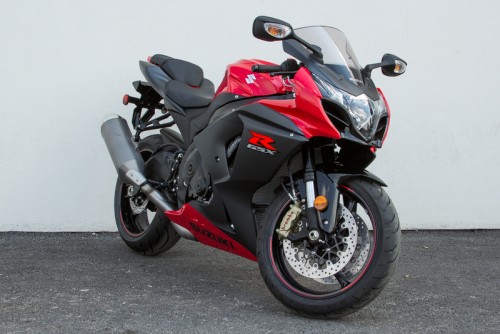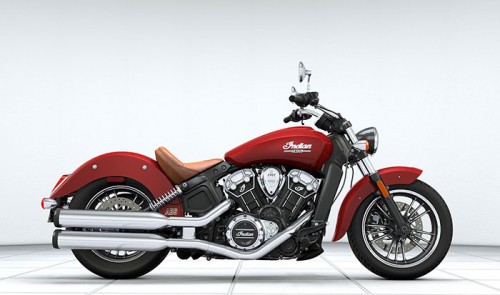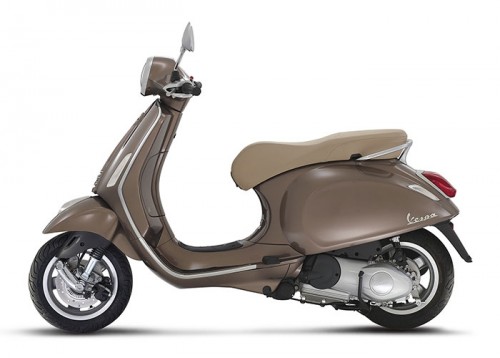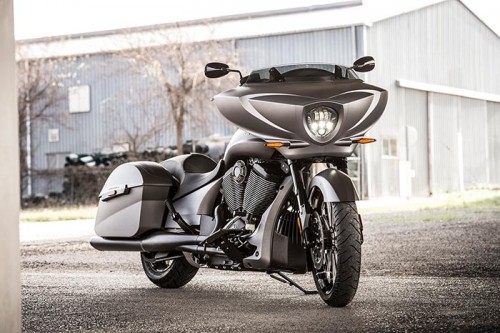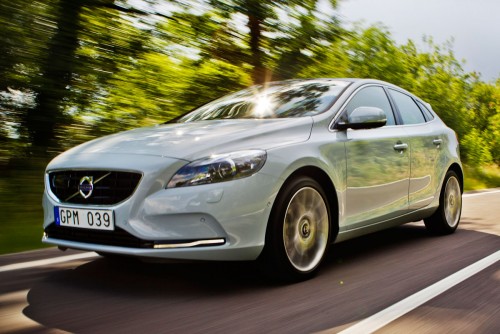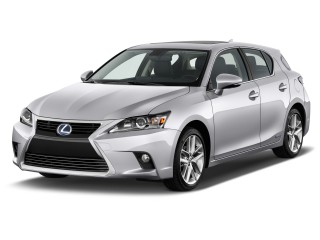About Cadillac
Early history
Founding
Cadillac was formed from the remnants of the Henry Ford Company. After Henry Ford departed the Henry Ford Company along with several of his key partners in March 1902, the company was dissolved. Ford's financial backers, William Murphy and Lemuel Bowen, called in engineer Henry M. Leland of Leland & Faulconer Manufacturing Company to appraise the plant and equipment in preparation for a liquidation of the company's assets.
Instead of offering an appraisal, Leland persuaded Murphy and Bowen to continue manufacturing automobiles using Leland's proven single-cylinder engine. A new company called the Cadillac Automobile Company was established on 22 August 1902. The company was named after French explorer Antoine Laumet de La Mothe, sieur de Cadillac, who founded Detroit in 1701
First automobiles
Cadillac's first automobiles, the Runabout and Tonneau, were completed in October 1902. They were two-seat horseless carriages powered by a 10 hp (7 kW) single-cylinder engine. They were practically identical to the 1903 Ford Model A. Many sources say the first car rolled out of the factory on 17 October; in the book Henry Leland – Master of Precision, the date is 20 October; another reliable source shows car number 3 to have been built on 16 October. Cadillac displayed the new vehicles at the New York Auto Show in January 1903, where the vehicles impressed the crowds enough to gather over 2,000 firm orders. Cadillac's biggest selling point was precision manufacturing, and therefore, reliability; a Cadillac was simply a better-made vehicle than its competitors.
Notable events
Leland & Faulconer Manufacturing and the Cadillac Automobile Company merged in 1905.
From its earliest years, Cadillac aimed for precision engineering and stylish luxury finishes, causing its cars to be ranked amongst the finest in the United States.
Cadillac was the first volume manufacturer of a fully enclosed car in 1906. Cadillac participated in the 1908 interchangeability test in the United Kingdom, and was awarded the Dewar Trophy for the most important advancement of the year in the automobile industry. In 1912, Cadillac was the first automobile manufacturer to incorporate an electrical system enabling starting, ignition, and lighting.
Acquired by General Motors
Cadillac was purchased by the General Motors (GM) conglomerate in 1909.Cadillac became General Motors' prestige division, devoted to the production of large luxury vehicles. The Cadillac line was also GM's default marque for "commercial chassis" institutional vehicles, such as limousines, ambulances, hearses and funeral home flower cars, the last three of which were custom-built by aftermarket manufacturers.
Post–World War II
In 1951 Cadillac began production of the M41 Walker Bulldog army tank for that would be used in the Korean and Vietnam wars. Postwar Cadillac vehicles, incorporating the ideas of General Motors styling chief Harley J. Earl, innovated many of the styling features that came to be synonymous with the classic (late 1940s and 1950s) American automobile, including tailfins, wraparound windshields, and extensive exterior and interior bright-work (chrome and polished stainless steel). Fledgling automotive magazine Motor Trend awarded its first "Car of the Year" to Cadillac in 1949; the company turned it down.On 25 November 1949, Cadillac produced its one millionth car, a 1950 Coupe de Ville.It also set a record for annual production of over 100,000 cars,a record it repeated in 1950 and 1951.1949 also saw the introduction of the first mass-produced hardtop convertible by Cadillac (and Buick), a closed coupe body style without a "B" pillar, similar to the side windows of a convertible but with a fixed steel roof. Marketed as the Coupe de Ville, it would become one of Cadillac's most popular models for many years. Cadillac's first tailfins, inspired by the twin rudders of the Lockheed P-38 Lightning, appeared in 1948; the 1959 Cadillac, designed by Peter Hodak, was the epitome of the tailfin craze, with the most recognizable tailfins of any production automobile. From 1960 thru 1964, the fins decreased in size each year and disappeared with the 1965 model year (except for the 1965 series 75 chassis which was a carry over from 1964). The Cadillac tailfin did serve one practical purpose, however. From the inception of the fin up to the 1958 model year, the driver's (left) side fin housed the gasoline filler neck under the taillight assembly. To fill the car with fuel, the taillight had to be released and pivoted upward to access the gas cap. This eliminated the unsightly gas filler door from the side of the vehicle, providing a smoother, cleaner appearance.
The Art and Science era
Cadillac introduced a new design philosophy for the 21st century called "Art and Science"which it claims "incorporates sharp, sheer forms and crisp edges – a form vocabulary that expresses bold, high-technology design and invokes the technology used to design it." This new design language spread from the original CTS and to the Cadillac XLR roadster. Cadillac's model lineup mostly included rear- and all-wheel-drive sedans, roadsters, crossovers and SUVs. The only exceptions were the front-wheel drive Cadillac BLS (which was not sold in North America)[34] and the Cadillac DTS, neither of which are still in production. The second-generation CTS-V is a direct competitor to the BMW M5.An automatic version of the CTS-V lapped the Nürburgring in 7:59.32, at the time a record for production sedans.
Motorsport
Before the outbreak of World War II, Cadillac (like most manufacturers) participated in various types of motorsport. Many Allard automobiles used Cadillac engines.
In the 1950s, Cadillac (like all American manufacturers at the time) participated in the NASCAR Grand National Series. The brand disappeared from the series by the 1960s.
Cadillac powered the Cadillac Northstar LMP a Le Mans Prototype in the early years of the American Le Mans Series from 2000 to 2002. When the prototype proved unsuccessful, Cadillac withdrew from the series.
Cadillac's most successful venture into motorsport in recent years has been its use of the CTS-V in the SCCA World Challenge Grand Touring class.




 Home
Home












